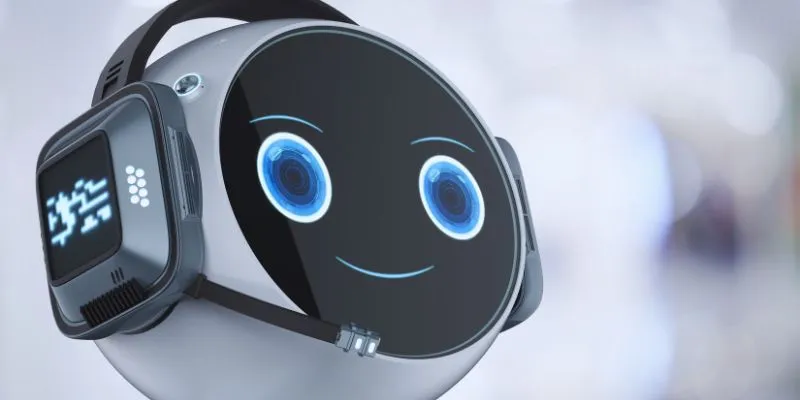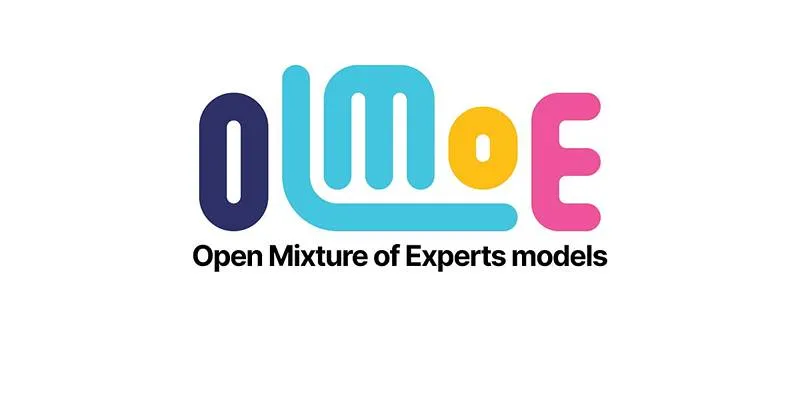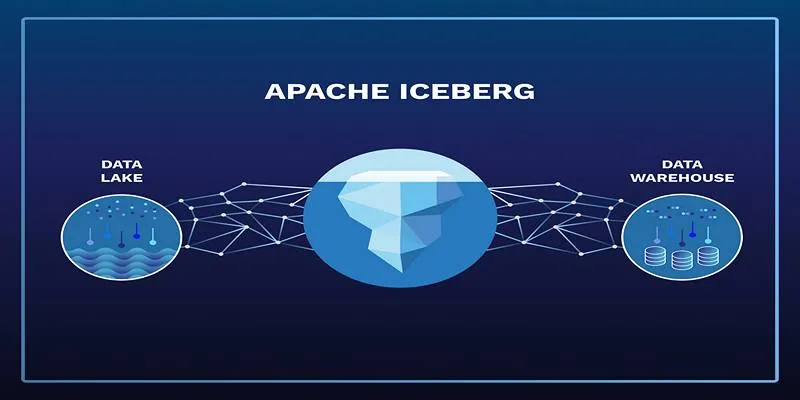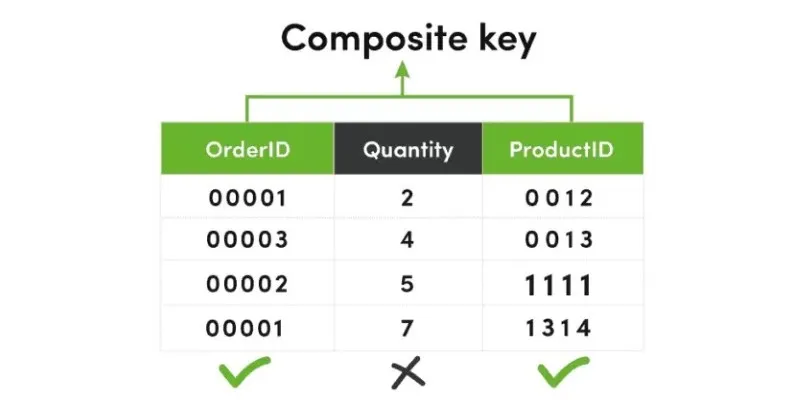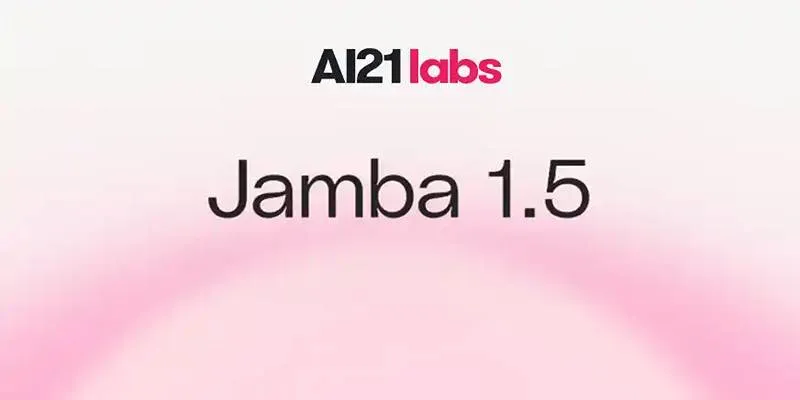In the rapidly evolving field of Natural Language Processing (NLP), machines are increasingly required to comprehend human language to perform tasks like translation, sentiment analysis, and search optimization. A significant challenge in this domain is teaching computers to understand the meaning of words.
The Continuous Bag of Words (CBOW) model was developed to address this challenge. This model is instrumental in converting words into numerical values that machines can process, leading to smarter and more accurate NLP applications. In this post, we’ll delve into what CBOW is, how it functions, and why it remains a foundational model for learning word embeddings.
What Is a Continuous Bag of Words (CBOW)?
The Continuous Bag of Words, or CBOW, is a word embedding technique introduced as part of the Word2Vec model by Google in 2013. Its primary function is to predict a target word based on its surrounding context. This method allows the model to infer word meanings by analyzing how frequently and in what context certain words appear near others.
For instance, consider the sentence:
“The sun is shining in the blue sky.”
If “shining” is the target word, the context might include [“The”, “sun”,
“is”, “in”, “the”, “blue”, “sky”], depending on the window size. The CBOW
model learns that the word “shining” often appears around these words,
associating it with concepts like brightness and weather.
Why Is CBOW Needed?
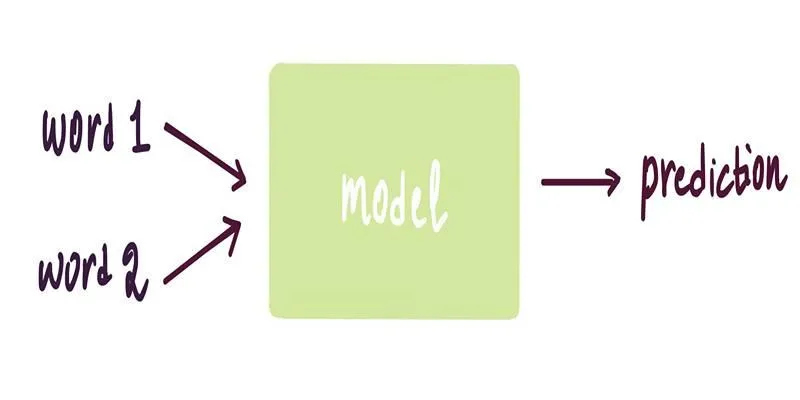
CBOW offers a straightforward yet powerful solution to a major language understanding problem: how to represent words in a way that captures both meaning and context. Traditional models often used methods like one-hot encoding, which failed to reflect the relationship between words. CBOW introduced a more intelligent approach by creating dense vectors (word embeddings) where words with similar meanings have similar numerical representations.
Key benefits of CBOW:
- Helps machines understand the contextual meaning of words
- Reduces dimensionality, making models more efficient and faster
- Captures semantic relationships, such as “Paris” being similar to “London”
- Supports practical tasks such as:
- Spell correction
- Text summarization
- Translation systems
- Sentiment classification
How Does the CBOW Model Work?
The CBOW model leverages a neural network to predict a target word from the surrounding context words. It performs best on large datasets (text corpora) and is relatively quick to train. Despite its simplicity, the model is highly effective.
The CBOW process involves the following steps:
- Text Input and Preprocessing: The text is cleaned, tokenized, and converted into sequences of words. Each word is assigned an index from the vocabulary.
- Context Window Creation: For each word in a sentence, a window of surrounding words is selected. For example, in “She enjoys reading books every night,” with a window size of 2, the model uses “She,” “enjoys,” “every,” and “night” as context to predict “reading.”
- One-Hot Encoding: Each word is transformed into a one-hot vector—a list of 0s with a single 1 at the index corresponding to the word in the vocabulary.
- Hidden Layer: The vectors from the context words are averaged and passed through a single hidden layer. Here, the model begins to learn patterns and relationships between words.
- Output Layer (Softmax): The hidden layer’s output is used to predict the probability of each word in the vocabulary being the target word using a softmax function.
- Loss Calculation and Optimization: The model compares its prediction with the actual word. It updates its internal weights using backpropagation and optimization algorithms like stochastic gradient descent (SGD).
Example of CBOW in Action
Consider the sentence:
“Birds fly high in the sky.”
If the model aims to predict the word “high” with a context window of 2, it will use [“fly”, “in”] as input. Through numerous training examples, the CBOW model learns that the word “high” frequently appears with words like “sky,” “fly,” or “birds.”
Strengths and Weaknesses of CBOW
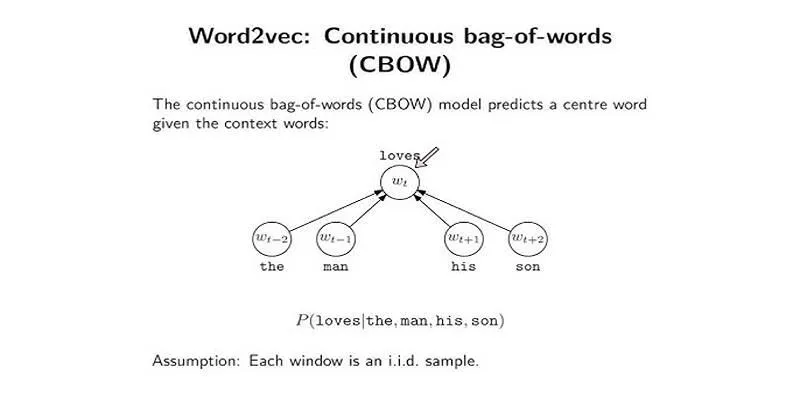
Strengths:
- Fast training due to its simpler architecture
- Efficient memory usage
- Performs well with frequent words
- Scales effectively on large datasets
- Generates valuable dense word vectors
Weaknesses:
- Struggles with rare words
- Ignores word order, which can be crucial in some contexts
- Doesn’t handle out-of-vocabulary (OOV) words unless pre-trained embeddings are updated
- Requires a substantial amount of text to perform optimally
Real-World Applications of CBOW
CBOW’s word embeddings are utilized in numerous real-world technologies :
- Search engines: Enhancing user query understanding
- Virtual assistants: Improving language comprehension
- Recommendation systems: Suggesting items based on semantic relationships
- Spelling and grammar correction: Predicting the correct word from context
- Social media monitoring: Detecting trends and sentiments from posts
Tools and Libraries That Use CBOW
Many popular libraries offer built-in support for CBOW training and usage:
- Gensim: A Python library for topic modeling and word embeddings
- TensorFlow/Keras: For custom neural network implementations
- PyTorch: Provides the flexibility to build CBOW from scratch
- SpaCy: Offers pre-trained word vectors using CBOW and similar models
These tools facilitate experimentation with CBOW in various NLP tasks for developers and researchers.
Tips for Getting Started with CBOW
If you’re interested in exploring CBOW practically, here are some tips to help you get started:
- Begin with a small dataset like product reviews or news headlines.
- Use Gensim to train a CBOW model with just a few lines of code.
- Experiment with different window sizes to see how context affects predictions.
- Compare CBOW-generated word vectors with Skip-gram results.
- Visualize the embeddings using t-SNE to observe how similar words cluster.
Conclusion
CBOW remains a crucial model in the history of natural language understanding. Its ability to generate meaningful word embeddings efficiently makes it a foundational model for many NLP applications today. Even with the rise of transformers and large language models, CBOW continues to offer value in quick, lightweight language tasks. For anyone starting in NLP, understanding how CBOW works provides a strong foundation. It emphasizes the core concept that context matters—a principle that modern AI systems continue to build upon.
 zfn9
zfn9


